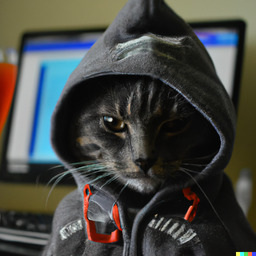

It’s easy to overlook with the omnipresent internet, but self-hosting doesn’t require internet. You could host for your fellow students on the local network. If that’s also against the Wifi rules you can either ignore that stupid rule or set up your own god damn wifi with hostapd on your machine and let students connect directly to it. It’s probably best to use a machine dedicated to the task for security reasons as you wouldn’t want curious students to accidentally erase your homework. I wouldn’t use containers or VMs for any of this, I’d just use bare metal like in the good ol’ days. You could also, without having to worry, give people shell accounts because it’s a closed network. The options are endless without all the worries of hosting on the internet.





If the mail is sent unencrypted the admin can read it. What I have is a script that encrypt incoming e-mail with the users key, so that they are stored encrypted on the harddrive. That at least protect against an intruder reading past e-mails. I use a Perl script written by Mike Cardwell for that.
Another service you might like to have for your users is WKD/WKS, so that senders clients can automatically fetch the public key for your users.